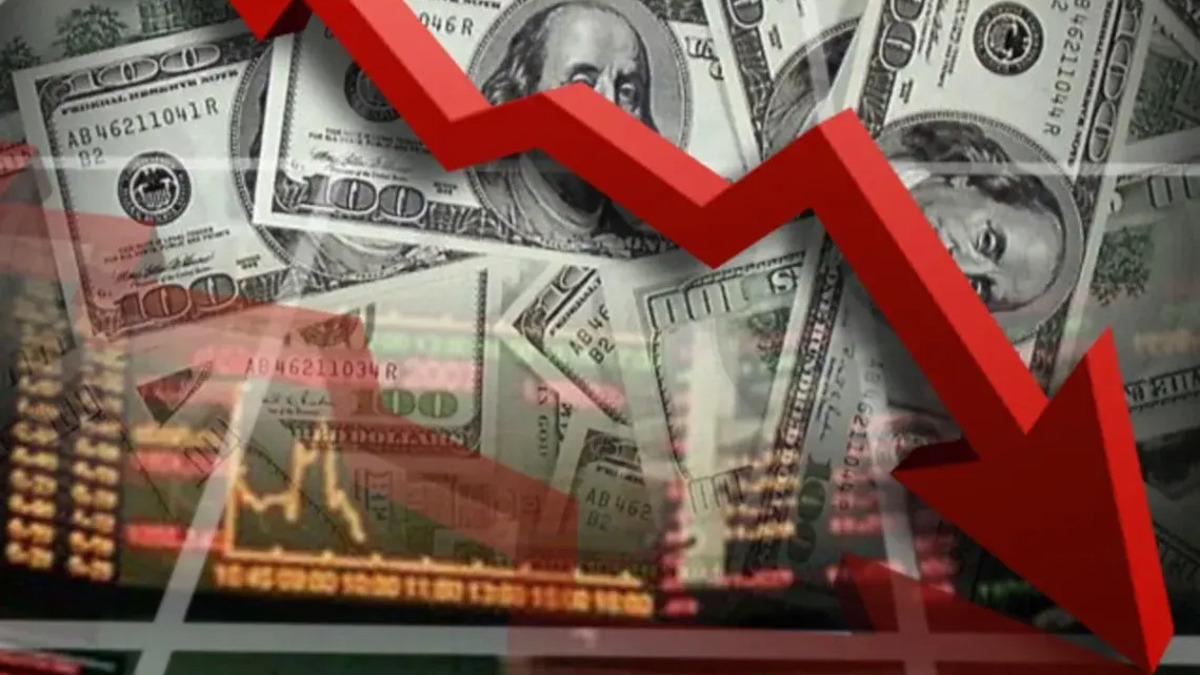Dismay grows in the city: the national government insists it doesn't need to buy dollars, but it isn't accumulating reserves.


The calm exchange rate that the ruling party is trying to convey is beginning to clash with the anxiety of financial operators . While the government maintains that it does not need to buy dollars to meet the reserves target agreed to with the IMF, the Central Bank has now gone 12 days without intervening in the foreign exchange market, and doubts are growing in the city : how does it plan to reach the US$5 billion required by the organization by June?
Federico Furiase , director of the Central Bank of Argentina (BCRA) and Luis Caputo 's right-hand man, attempted to clear up doubts at a meeting with investors. There, he argued that the new exchange rate band scheme is designed to keep the dollar near the floor, and that the inflow of private capital will bolster reserves without the need for active operations. The official strategy is based on one assumption: that the flow of dollars from investments and agricultural liquidation will be sufficient to meet the requirements without altering the parity .
The Central Bank closed April with gross reserves of US$38.96 billion. According to Cohen's data, excluding disbursements from international organizations, the month left a positive balance of US$1.079 billion, driven in part by the growth of private dollar deposits, which totaled more than US$1.3 billion since mid-April. However, this cushion does not resolve the main question: when will the net accumulation required by the Fund begin?
With net reserves at around US$5.3 billion—according to the IMF's methodology—the government needs to raise an additional US$5 billion to comply with the agreement's first review in June. But both the Central Bank and the Ministry of Economy reiterate that they will only intervene at the floor of the exchange rate band, currently set at $994. This decision conflicts with the text of the agreement itself, which authorizes interventions within the exchange rate corridor , not just at its extremes.
The Romano Group warned that, with the official dollar and financial markets below the center of the band, the executive branch would have room to intervene. However, the government's strategy remains tied to the rhetoric of extreme discipline. "There is no intervention outside the floor," they reiterate.
The problem, they say in the city, is not technical, but political. If the government decides to remain tied to the floor , it will either default on the IMF or force a movement in the exchange rate that brings it closer to the lower limit. Both options entail risks: one for the international organization and another for the market.
During the presentation organized by Adcap and DLA Piper, Furiase insisted that the government already has a large portion of the dollars needed to meet key maturities, such as the US$4.2 billion that will be paid to bondholders in July. He also stated that if full financing is not achieved, the Treasury could turn to the Central Bank through the mechanism known as "Anker Point," which authorizes purchases within the band without altering the monetary plan.
“Anker Point” and dollar purchases at the floor of the band in dynamic general equilibrium.
In dynamic general equilibrium, remonetization via the Treasury returning pesos in primary auctions against debt cancellation and monetization via… are not perfect substitutes . pic.twitter.com/w9RhW3UFmh
LCG estimated that the liquidation of the coarse grain harvest and the temporary reduction in withholdings will allow reserves to increase in the coming weeks. However, they warned that if intervention remains restricted to the floor, meeting the target will be nearly impossible . According to their calculations, the BCRA should have added at least US$4.43 billion more by June 13.
PPI, another consulting firm that closely monitors the flow of foreign currency, explained that market behavior in recent weeks has helped contain private demand, thanks to increased supply from the agricultural sector. But the situation is fragile. "If the exchange rate doesn't hit the floor, the Central Bank won't buy, and then the accumulation of reserves comes to a standstill ," they warned.
In this context, the renewal of the exemption from withholding taxes on incremental exports appears to be a key factor. The benefit—in effect since April and set to expire in the coming days—allows more than 137,000 cars to be exported duty-free. If it's not renewed, all shipments will be taxed zero, and dollar inflows will be affected.
According to industry estimates, up to 350,000 units could be exported this year. If the exemption isn't renewed, the terminals would pay taxes on an additional 213,000 vehicles , which would directly affect foreign currency inflows . The industry has already begun lobbying for an urgent resolution.
While Caputo and Furiase defend the new exchange rate framework as a sign of order and predictability, in the city, there is beginning to be a consensus about a structural fragility: without systematic accumulation of reserves, the sustainability of the model is reduced to a question of faith in private flows . If those dollars don't arrive, or if the agricultural sector doesn't liquidate in a timely manner, the government will have to choose between defaulting on its obligations to the Fund or abandoning its exchange rate rigidity.
elintransigente





